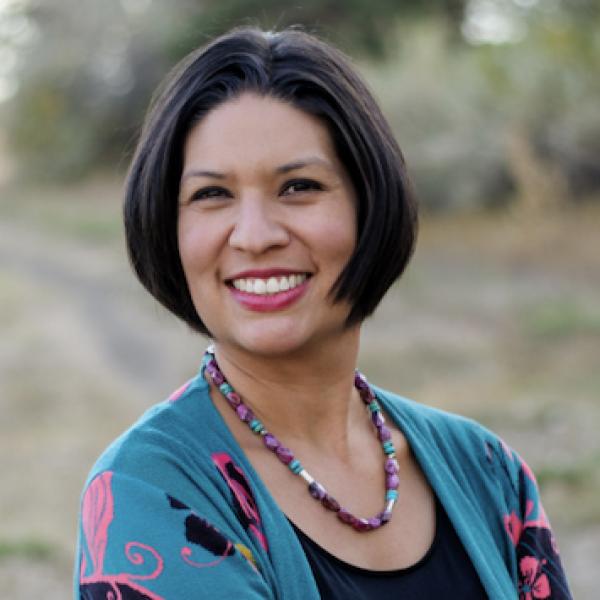
Right now, as you read these words, thousands of letters and postcards are arriving at homes across the state. Perhaps one of them is in your mailbox?
These mailings are invitations asking Coloradans to spare about 20 minutes to help the Colorado Health Institute understand the health of our community by going online and filling out the Colorado Health Access Survey, known as the CHAS. The CHAS is the premier source of information on health coverage, access to health care, and the factors that influence health in Colorado.
More than 10,000 households in the state have participated in the survey every other year since 2009, allowing comparisons across a time marked by sweeping changes in health policy. The survey provides a credible source of information about key trends and challenges facing Coloradans that is not available through any other source.
If you’re anything like me, you rarely give a second glance to a letter or a postcard that you weren’t expecting. But if you’re reading this blog, I know you care about health, and I know you care about Colorado. But you might still wonder what, exactly, the CHAS accomplishes.
The CHAS is a critical component of CHI’s work to advance health equity and well-being in Colorado. By having reliable information about health care access and coverage, health status, barriers to health care, and the social factors that influence health, Coloradans working in policymaking, public health, and health care have the data they need to assess needs, set strategy, drive change, and evaluate their work. The CHAS underpins much of the work done at CHI and by organizations throughout the state.
Thousands of organizations and individuals have used CHAS data to advance health equity in Colorado. According to a 2021 survey of CHAS users:
- The majority (61%) said they use it for organizational or project priority-setting or strategic planning.
- Over half (51%) indicated that they use CHAS data for community- or state-level decision-making.
- Roughly half use the data for needs assessments (47%).
- Nearly as many (45%) use it for advocacy work.
A separate survey conducted by our team showed that organizations that rely on the CHAS include advocacy organizations, community groups, and service providers.
One of those organizations is Boulder County’s Health Coverage Enrollment Center, which provides health coverage literacy, application, and enrollment services. The center empowers people to understand their health insurance options, navigate information and systems, make choices to complete their enrollment, and use their coverage. And while overall enrollment rates have gone up over the last several years, Dale Whyte, the center’s manager, and her team at the center know there’s more work to be done.
They rely on data from the CHAS to determine where to concentrate their outreach efforts. As they focus their work through an equity lens, the team finds CHAS data critical in helping them know where to target those efforts.
Whyte has downloaded CHAS workbooks that her team can use to run analyses and has reached out to the team at CHI for individualized support and workbooks. She has also used CHAS data to explore how people access care to get a better sense of health insurance literacy and other relevant issues.
She believes the CHAS is a valuable resource and encourages others to explore how it can guide their work.
“I hope that it can be made of better use by different organizations and county governments to inform their work,” she said.
Still have questions about the CHAS? Chances are, we've answered them our Frequently Asked Questions page.

